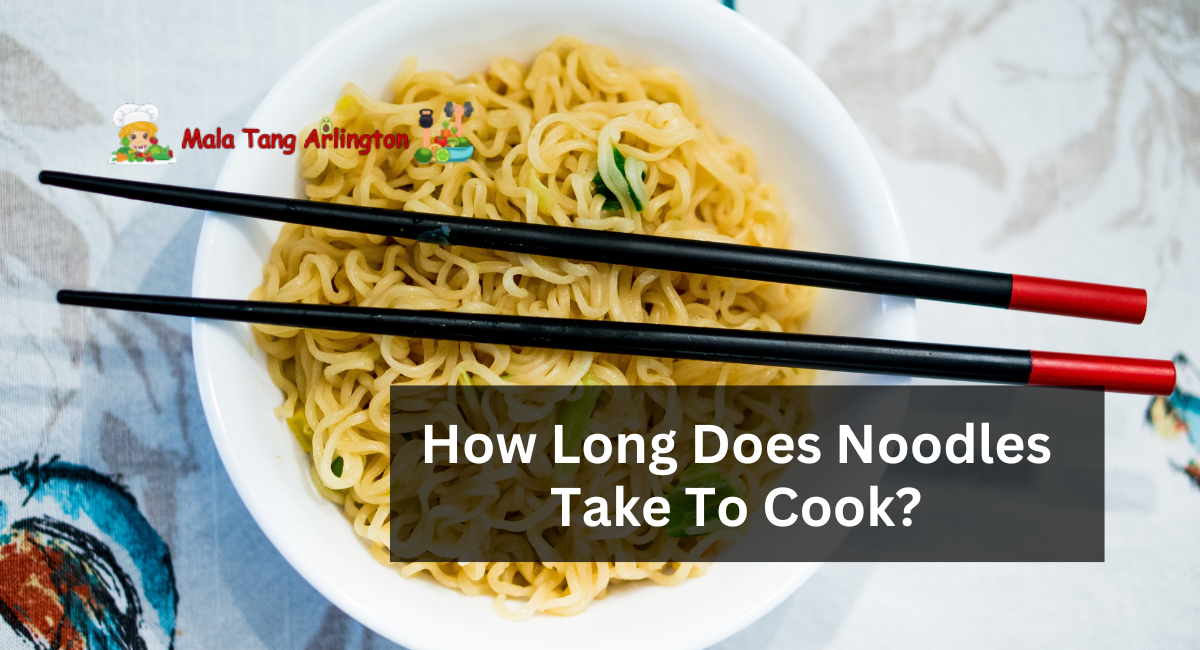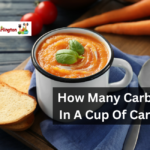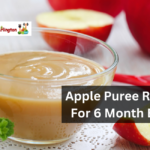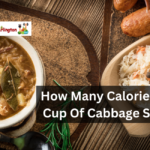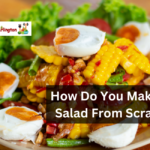Noodles, in all of their magnificent varieties, are a treasured staple in many cuisines worldwide.
They are available in a variety of forms and sizes, ranging from spaghetti to udon, and are liked by people of all ages. “How Long Does Noodles Take To Cook?” is an often asked question in the kitchen.
In this article, we’ll decipher the mysteries of noodle cooking times and give you with useful information to help you become a noodle-cooking guru.
How Long Does Noodles Take To Cook?
The amount of time needed to prepare noodles is highly variable and is dependent on the type of noodles being used.
The following is a guideline that can be followed for various common types of noodles:
Spaghetti
Spaghetti, the traditional Italian pasta, is noted for its versatility.
It’s usually cooked al dente, which translates to “to the tooth” in Italian, which indicates the noodles should be delicate yet still have a tiny hardness when bitten.
To achieve the perfect al dente texture, reduce the recommended cooking time by 1-2 minutes.
Ramen Noodles
Japanese ramen noodles are thin and delicate and are utilized in iconic meals such as ramen soup.
They normally only need a few of minutes in boiling water to get their optimal texture. Overcooking them might result in a mushy consistency, so keep a tight check on them.
Rice Noodles
Rice noodles are popular in Asian cuisine due to their rapid cooking time. In boiling water, these thin, delicate noodles normally become tender in 3-5 minutes, making them ideal for stir-fries, noodle soups, and spring rolls.
Egg Noodles
Egg noodles vary in thickness, and cooking time is determined by their size. Thicker egg noodles may take 6-8 minutes to cook, while thinner ones may take 4-5 minutes. The idea is to get them cooked through but not too soft.
How To Cook Noodles?
Ingredients
- Water
- Large pot
- Pasta
- Salt
- Tongs
- Colander
Directions
In a big pot, bring water to a boil. Use at least 4 quarts of water for every pound of noodles to keep them from sticking together.
1 tablespoon of salt is recommended, although more is OK. The salty water enhances the flavor of the pasta.
Add the pasta. Place the pasta in a pot of boiling water. There’s no need to break the spaghetti; it’ll soften in 30 seconds and fit into the saucepan just fine.
Stir every now and again. As the pasta begins to cook, toss it vigorously with tongs to prevent the noodles from sticking to each other (or the pot).
Taste the spaghetti to see how it tastes. Cook the pasta according to the package directions, but always test it before draining to ensure the appropriate texture. Pasta that has been properly cooked should be al dente—a touch chewy.
In a colander, thoroughly drain cooked pasta. If serving it hot, immediately add the sauce; if creating a pasta salad, run the noodles under cold water to halt the cooking.
How Long To Cook Pasta Depending On Its Shape?
How Long To Cook Dried Penne And Short Pastas?
Determining the correct cooking time for short pasta can be a nice game to play at home. Begin by adding penne rigate to a pot of boiling, salted water.
Take a piece out every minute and split it in half with a smooth knife to examine the center. A white starchy circle shows the amount of starch that has yet to gelatinize or become edible.
This white circle will gradually become thinner over the minutes until it disappears. The time at which it disappears represents the full cooking time of the pasta.
Subtract two minutes from the total cooking time to get your optimal al dente cooking time for that specific shape and brand.
Are you not ready to get so technical? Set a timer for one minute less than the box’s recommendation, and remove a noodle when the timer goes off.
Taste it again in 30-second increments until you achieve the desired al dente texture.
Smaller noodles cook faster, so if you’re in a rush, choose a package of mezze penne, rotini, or macaroni, which may be cooked in as little as eight minutes.
Large shells, farfalle, rigatoni, cavatelli, and heartier shapes will need 10 minutes or more to cook.
How Long To Cook Dried Spaghetti And Long Pastas?
Choose a saucepan large enough to handle your long noodles so that none of the tops come out of the water when you add them, which can cause uneven cooking or even burn the pasta.
When the salted water comes to a boil, add the spaghetti or other long noodles and toss to keep them from sticking.
Set a timer for one minute less than the indicated cooking time on the box, and stir intermittently.
When the timer goes off, put a noodle to the test. It should be flexible enough to coil around a fork without snapping. Give it another minute if the spaghetti is still firm.
How Long To Cook Whole-Wheat Pasta?
Whole-wheat pasta can be prepared in various ratios with semolina, 00 flour, or other flours to achieve the desired texture, as well as additional protein and fiber.
Follow the package guidelines, giving special attention in the last minute or so and testing for an al dente cook.
If you’re going to cook whole-wheat pasta in sauce, choose the low end of the cook time range, save some starchy pasta water, and then slowly put it in as you heat the pasta in sauce until the noodles are fully cooked through.
How Long Does Gluten-Free Pasta Take To Cook?
For gluten-free pasta, the right cooking time depends on the pasta shape. Begin with the cooking time specified on the packet, then taste test and adjust as needed. If you prefer softer pasta, cook for two minutes longer.
Gluten-free pasta can be manufactured from a variety of starches, such as chickpea flour, lentils, corn, rice, and others, so follow the packaging directions for the pasta you buy.
How Long Do Tortellini And Ravioli Take To Cook?
Tortellini and ravioli cook fast after being removed from the refrigerator, roughly two to three minutes, depending on size.
Place the packed pastas in a pot of boiling water and allow them to rise to the surface. After around 30 seconds, stir and remove to ensure the filling is warmed and cooked through.
To avoid bursting, remove the loaded pasta with a slotted spoon or spider tool rather than dumping it into a strainer.
Do not thaw frozen ravioli or tortellini before cooking. Return the frozen pasta to the boiling salted water and cook until the pasta floats.
How Long Does Fresh Pasta Take To Cook?
Fresh pasta, whether homemade or store-bought, cooks quickly. Fresh pasta, unlike dried pasta, is designed to be cooked thoroughly rather than al dente, so it’s soft and toothsome and adheres to the sauce.
Thinner pastas, such as angel hair, can be cooked in under a minute, while thicker noodles, such as pappardelle or tagliatelle, can take up to three minutes. Stir the fresh spaghetti into the boiling water to prevent it from sticking.
Then, after 30 seconds to one minute, taste it to confirm you’ve found the optimal cook. To avoid mushiness while heating it in sauce, cook the pasta slightly less than you want it to be cooked.
Cooking great noodles is an art that everyone can master with a little effort and expertise. Understanding your noodle type desired texture and testing for doneness are critical components to consistently obtaining the perfect bowl of noodles. So, the next time you embark on a culinary expedition involving noodles, you’ll know exactly how long it takes to cook them to perfection.
Thanks for reading. I hope you find it helpful.
